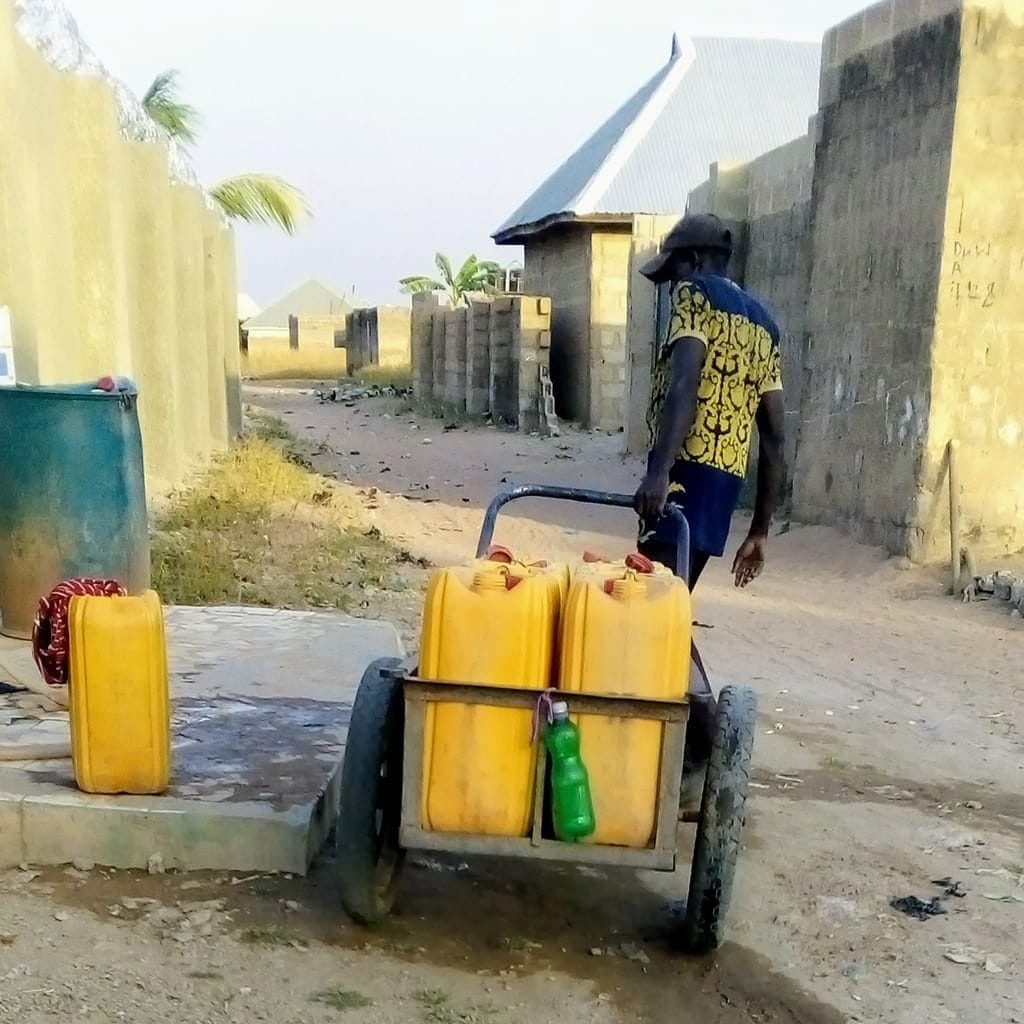Water infrastructures in Nigeria face growing pressure for significant upgrades and appropriate investments in innovative technology. Closing the technology gap is long-awaited for less-expensive management and maintenance of water systems. In Sub-Saharan Africa, providing water supply systems is as urgent as it is important, necessitating the use of sustainable emerging and innovative technologies as confirmed by Akali et al., (2014).
While technology is expected to increase productivity, a decrease in the labour force of the Nigerian water industry is a likely possibility if water infrastructures must be efficiently operated and maintained. The heavy reliance on conventional and remote water supply systems portends failure and a potential delay in addressing the existing water supply problems in Nigeria. The deployment of technology would, hence, increase the provision of safe, accessible, and affordable water services.
Water security is a fascinating issue in Nigeria as the lack of quality and accessible water, in particular, has a destabilizing effect on any nation. Figure 1 provides a listing of the various drivers of water security.

At present, Nigeria’s water management policy seems to depend on reactive measures instead of positive monitoring of infrastructures. This is largely due to financial limitations and lack of planning in water resource management. Yet, according to the World Health Organization (n.d.), for every dollar invested in water and sanitation services, there is an overall estimated gain of 1.5% of global GDP and a return of US$ 4.3, including reduced health care costs and increased productivity in the workplace through better access to facilities.
There is, therefore, the need for a different framework that involves innovative technologies to help Nigeria cope with water costs, scarcity, and insufficiency. This would shift focus to prevention and preparation rather than the current crisis management approach only after water inaccessibility and shortages are in evidence.
Wastewater Services in Nigeria
Studies have shown that, in arid regions like Israel where there has traditionally been water scarcity, wastewater reuse technology has been successfully implemented through dual reticulation systems (Friedler and Hadari, 2006). However, in most African countries, there is a remarkable lack of proper wastewater treatment. In fact, untreated wastewater outflow is one of the most common types of pollution in urban rivers and groundwater sources in many cities in Africa (Omosa et al., 2012).
In their report, Idris-Nda et al. (2013) estimated that about 35% of domestic wastewater generated in the city of Minna in Nigeria went into the septic tank while the 65% left flowed freely on the ground surface. Sadly, disposing wastewater from domestic areas directly into surface waters without treatment has adversely affected sanitation and led to diseases such as cholera, typhoid, and hepatitis B. This brings us back to the most effective solution – The government at all levels needs to embrace the implementation of wastewater treatment using innovative technologies. Without this, the preservation and sustainability of Nigeria’s water resources and the environment may remain an illusion.
Conclusion
The assurance of sustainable water supply systems in Nigeria significantly lies in putting in place technological infrastructures that are capable of meeting both present and future water needs. To challenge the issues of inaccessibility and inadequacy, Nigeria’s Federal Ministry of Water Resources must relook its water resource management strategies by setting water service standards that are technology-driven.
Technology will improve the availability of water and increase water demand. However, it must be noted that technological advancements in water supply services may permit suppliers to economize and cause reductions in water use. Technological innovations that improve timing and lower costs of supply can also reduce the labour force in the water industry. On the other hand, failure to employ modern technology may mean lower quality and higher costs of water supply. Consequently, considerations of sustainability in water supply must include the use of technologies that are beneficial both in the present and the future.






